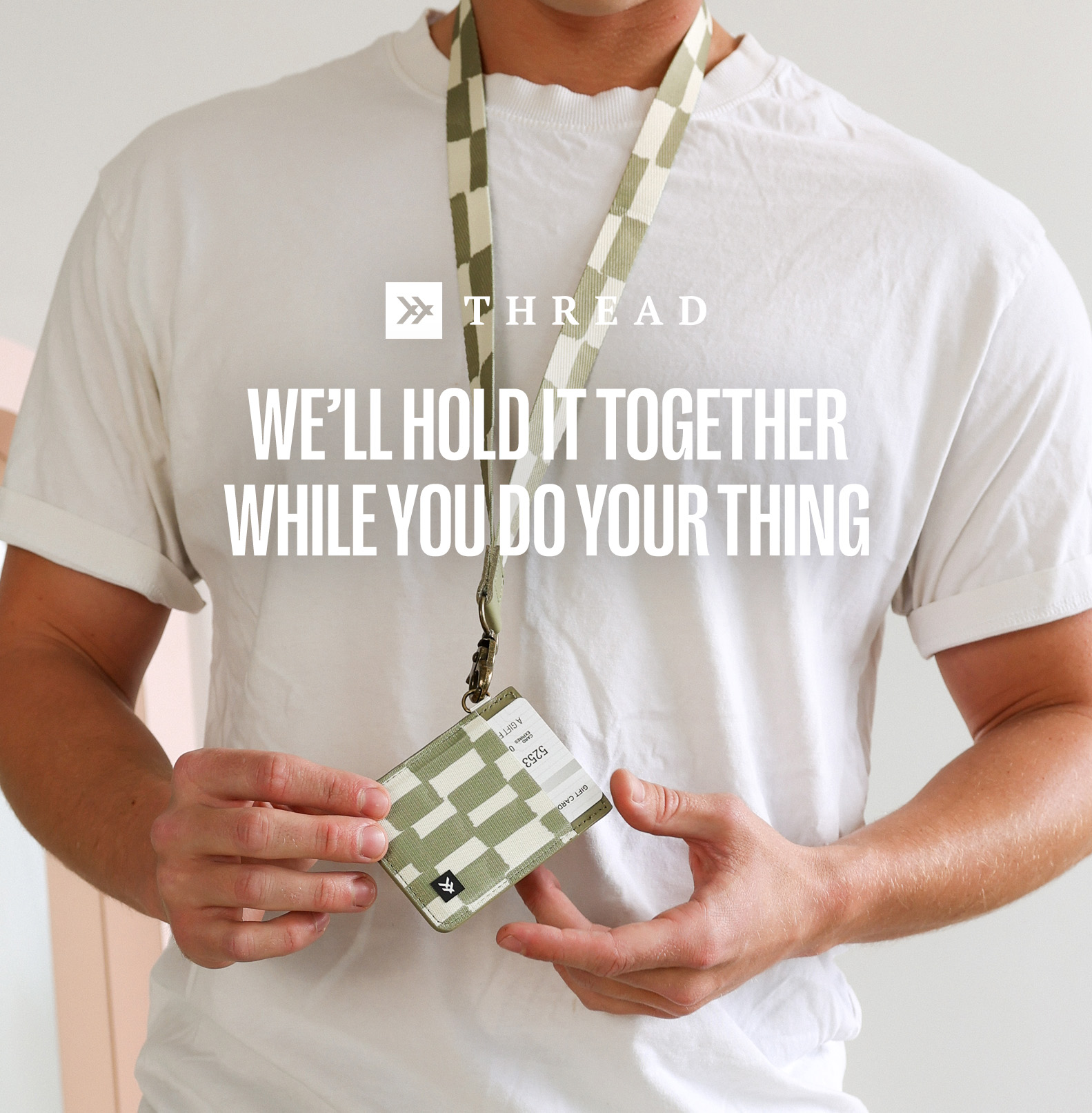Androgynous fashion has been steadily redefining the landscape of style, breaking down traditional boundaries and making space for a more fluid and inclusive understanding of clothing. Once perceived as a niche or counterculture movement, androgynous fashion has entered mainstream consciousness, finding its way into runways, streetwear, and the wardrobes of people across all identities. The growing embrace of this trend reflects broader cultural changes in how we think about gender, identity, and self-expression. Let’s explore the history, impact, and key elements of androgynous fashion and how it’s challenging and transforming the traditional norms of style.
Fashion Through the Lens of Gender Fluidity
For much of history, fashion has been strictly gendered, with a clear division between what was considered men’s clothing and women’s clothing. Dresses, skirts, and softer fabrics were traditionally assigned to women, while tailored suits, trousers, and rugged materials were meant for men. These divisions were so ingrained that stepping outside of them was seen as rebellious or even scandalous. Androgynous fashion challenges this binary, offering clothing that doesn’t adhere to the rules of gender.
The roots of androgynous fashion go back further than many might realize. Iconic figures like Marlene Dietrich, David Bowie, and Grace Jones have all challenged fashion’s rigid gender norms. Marlene Dietrich’s penchant for tuxedos and tailored suits in the 1930s shocked audiences while redefining what women could wear. Fast forward to the 1970s, and rock star David Bowie made waves with his bold embrace of androgynous style, blending feminine and masculine aesthetics in a way that blurred the lines and celebrated individuality. Artists like Grace Jones brought power and daring to their androgynous looks, refusing to conform to a singular idea of gender presentation.
These early icons paved the way for today’s designers, brands, and consumers to experiment freely with gender-neutral aesthetics. The result is a broader acceptance of androgynous fashion that allows people to express themselves without the constraints of societal expectations.
The Cultural Shift: Fashion for Everyone
The rise of androgynous fashion is deeply intertwined with cultural shifts in how we understand gender. As society has increasingly embraced concepts like non-binary, gender-fluid, and gender-neutral identities, fashion has responded in kind. The focus on inclusivity has influenced designers to create clothing that speaks to a wider audience—one that transcends the male-female binary.
One of the major driving forces behind androgynous fashion is the desire for freedom and comfort. Clothes shouldn’t have to define who we are or dictate how we move in the world. Androgynous fashion invites us to embrace what makes us feel comfortable and authentic, no matter whether it’s traditionally considered masculine or feminine. This flexibility allows individuals to curate their own unique style, mixing and matching different elements to create something personal and expressive.
Designers have also been instrumental in pushing the boundaries of androgynous fashion into the mainstream. Brands like Gucci, Saint Laurent, and Balenciaga have introduced collections that blur gender lines, featuring models of all identities dressed in flowing garments, tailored suits, and gender-neutral pieces. Gucci’s creative director Alessandro Michele has been particularly influential, celebrating androgyny as a core aesthetic for the brand and demonstrating that fashion should be playful, expressive, and free of labels.
Key Elements of Androgynous Fashion
Androgynous fashion draws on a diverse range of elements that blend masculine and feminine styles to create an individualistic look. Let’s explore some of the key pieces and styling techniques that define this trend.
1. Tailored Suits and Blazers
Tailoring is a hallmark of androgynous fashion. A well-fitted suit, oversized blazer, or tailored trousers can be effortlessly stylish and suitable for all identities. Suits have moved beyond corporate offices and into everyday street style, with many fashion enthusiasts combining traditional men’s suiting with feminine touches like blouses or jewelry. The oversized blazer has become particularly popular, as it embodies both structure and ease—two crucial elements of androgynous fashion.
Layering a blazer over a plain white tee or turtleneck, paired with loose-fitting trousers or even shorts, is a versatile look that exudes confidence. It’s a perfect combination of masculine tailoring and feminine styling that allows anyone to make the outfit their own.
2. Neutral Colors and Simple Silhouettes
Androgynous fashion often gravitates towards neutral color palettes—black, white, beige, navy, and gray. These shades have a timeless quality and provide a canvas that focuses on the shape and form of the clothing rather than the gendered connotations associated with colors. However, androgynous fashion also isn’t afraid to incorporate vibrant colors; it’s all about personal choice and creating looks that defy expectations.
Silhouettes in androgynous fashion tend to lean towards simplicity, often embracing looser, boxier cuts. This doesn’t mean sacrificing style—simple silhouettes allow more freedom of movement while also rejecting the body-centric ideals often tied to gendered fashion. Clothes that skim rather than cling are a favorite in androgynous wardrobes, offering a relaxed fit that’s both comfortable and chic.
3. Footwear That Strikes a Balance
Footwear is another key component of androgynous style. Chunky boots, loafers, and classic sneakers are versatile choices that work well with a range of outfits, from tailored suits to flowy dresses. Footwear in androgynous fashion is typically less about height or overt femininity/masculinity and more about practicality, comfort, and a bit of edge. Combat boots paired with a slip dress create a striking juxtaposition of hard and soft, while loafers worn with tailored trousers create an effortlessly polished look.
4. Mixing Feminine and Masculine Elements
A core aspect of androgynous fashion is its playful blend of elements traditionally seen as masculine or feminine. For instance, pairing a floral blouse with tailored trousers, or wearing a dress with a structured blazer, allows for an outfit that feels balanced yet unexpected. Accessories also play an important role—hats, belts, and jewelry help complete the look and can add subtle masculine or feminine touches depending on the vibe you’re going for.
Androgynous Icons in Modern Fashion
Several modern icons have embraced androgynous style, helping to propel it into the mainstream and encouraging others to experiment with their clothing choices. Celebrities like Janelle Monáe, Harry Styles, Kristen Stewart, and Billy Porter have all used androgynous fashion as a means of self-expression, showcasing how blending masculine and feminine elements can create a powerful, individualized look.
Harry Styles, for example, has worn flowing dresses, pearls, and high-waisted trousers, challenging the typical ideas of what men are “supposed” to wear. Janelle Monáe has often sported sharp suits with feminine flourishes, showcasing how tailored menswear can be both powerful and graceful. Kristen Stewart effortlessly mixes tomboy elements with high fashion, illustrating that androgyny isn’t just a trend but a genuine form of self-expression.
These icons demonstrate that fashion can be more than just clothing—it can be a means of breaking boundaries and challenging society’s limiting definitions of gender.
Breaking Free from Labels
One of the most refreshing aspects of the rise of androgynous fashion is that it encourages breaking free from labels and expectations. Clothing should be about comfort, expression, and joy—not about conforming to a set of rules dictated by gender norms. The current movement towards more gender-neutral and inclusive fashion represents a significant shift in the way people view self-presentation and individuality. It reflects a desire to embrace clothing that lets each person define who they are, free from societal constraints.
Androgynous fashion isn’t just about creating a certain look; it’s about empowering people to make choices that resonate with their identity. Whether it’s a tailored suit, a flowing skirt, or a mix of both, the point is to wear what feels right for you. In a world that often seeks to categorize and divide, fashion’s role in breaking down these barriers can be truly transformative.
The Future of Androgynous Fashion
As we look towards the future, it’s clear that androgynous fashion will continue to evolve and challenge societal norms. With more brands offering gender-neutral collections and more people embracing the freedom to dress authentically, we’re moving towards a future where clothing is simply clothing—free from the limitations of labels. The rise of small, independent designers focused on creating non-gendered pieces is further proof that this movement is only just beginning.
Retail spaces are also transforming. More stores are moving away from separate men’s and women’s sections, opting instead for a unified shopping experience that allows customers to explore without restriction. The idea of “boys’ clothing” and “girls’ clothing” is slowly but surely fading, being replaced by clothing that speaks to everyone, regardless of how they identify.
Ultimately, the rise of androgynous fashion is a powerful testament to the evolving nature of self-expression. It celebrates diversity, blurs boundaries, and, most importantly, gives people the freedom to be themselves. As androgynous fashion continues to rise in popularity, it encourages us all to rethink the limitations that society has placed on us and embrace a more fluid and inclusive world of style.
















